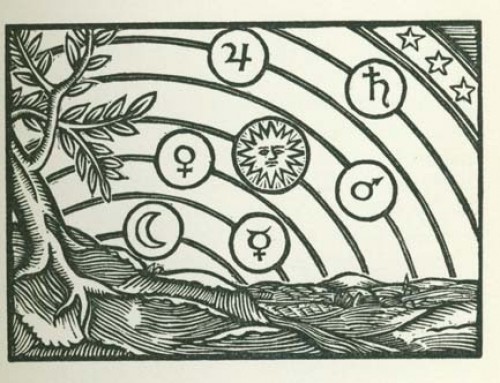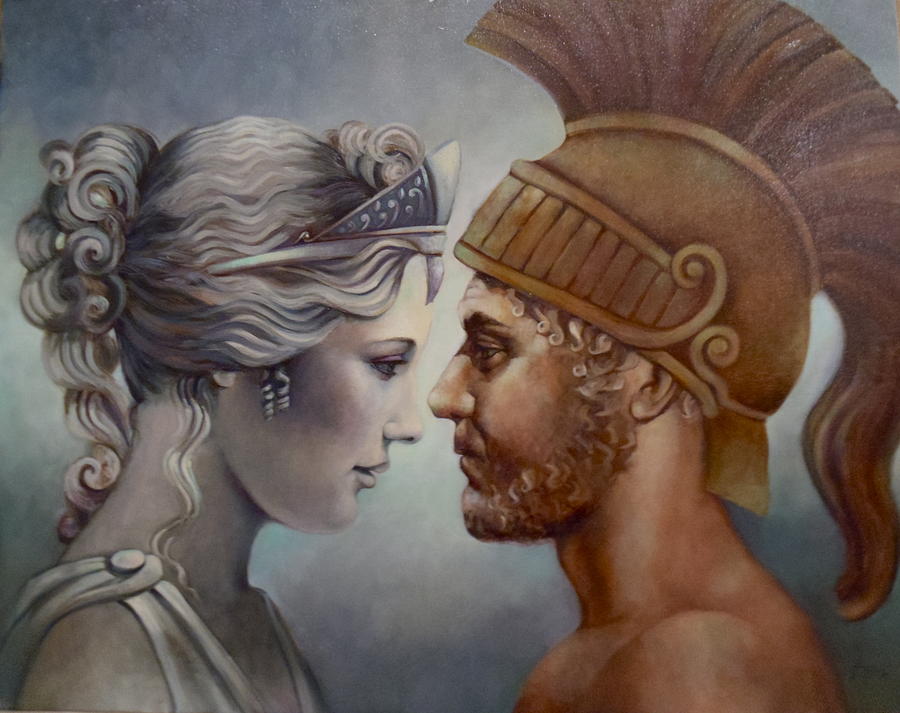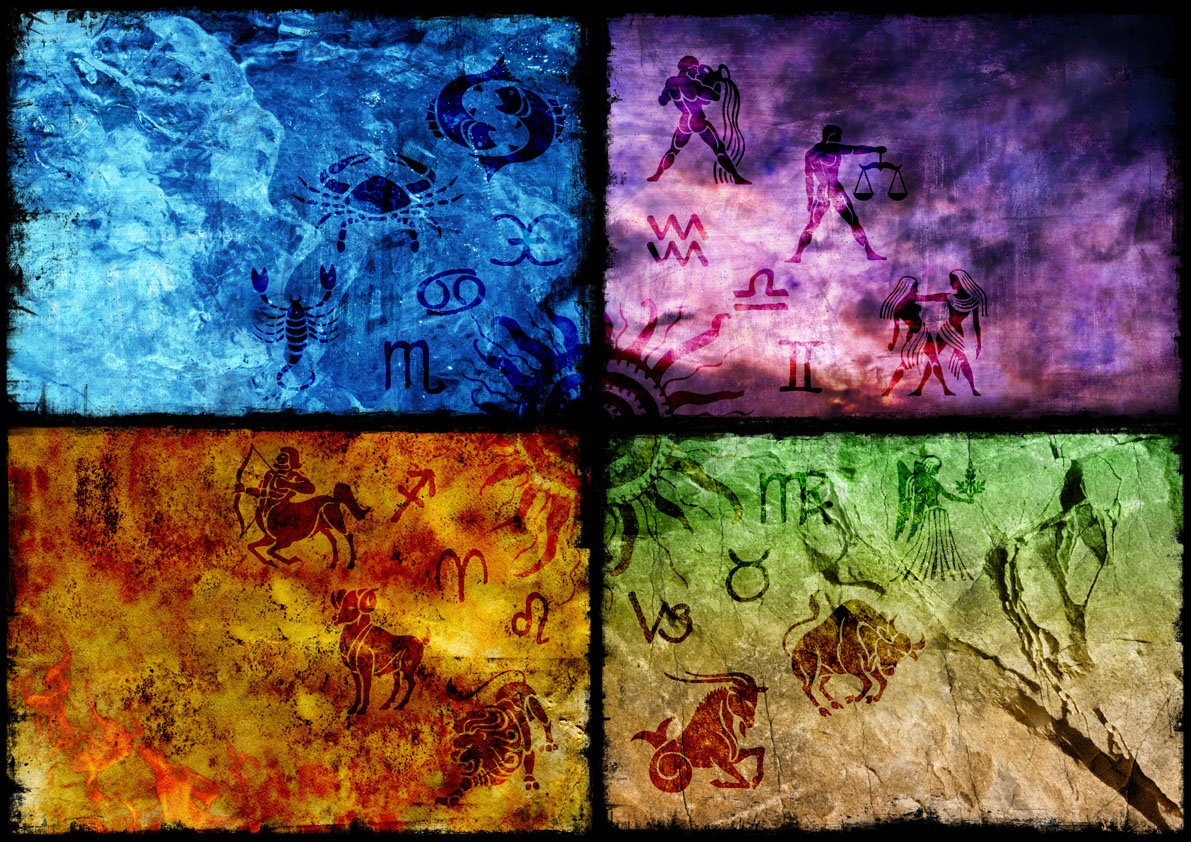In my practice so far, I have noticed that there is a certain disagreement in understanding of the predictive power that astrology as a craft possesses, that is mainly expressed through the conflicting attitudes that people have towards the concept of fate. So some believe that astrology can really predict future events, because they “believe in fate”. It can also be said that among those who are skeptical on this issue, astrology enjoys the greatest credibility that arises from its presumed scientific basis, that is, their perception of the same. We dealt with this in one of the previous articles, The Question of Fate in Astrology, which explains that same concept and provides an answer to the question of why astrology works. On the other hand, people who do not believe in fate start from the assumption that life itself is unpredictable, emphasizing that this unpredictability is one of the essential beauties of life and that the concept of fate is contrary to the concept of freedom etc. In a certain sense, both views are valid, and that derives from the very concept of Life, that is, Nature. Everything is really possible in Nature, and in that respect there can be no exclusivity or limitation, which doesn’t come from the very nature of living beings. But it is precisely this nature that is at the same time limiting, because a sentient being can only develop in accordance with its own nature or physis. Man is no exception in this regard, whether he accepted this predictability or not. Therefore, it is clear that predictability can be disputed to some extent, but this is not the situation when it comes to the knowability of our development. This, of course, does not mean that it is unambiguous, ie. generally determined for each person in terms of his attainment, but on the contrary, individual sprouts are always different and that diversity should be achieved at all levels. This individual basis is one of the basic premises on which astrology as a hermetic discipline is based. This cognition of our individual development therefore arises from our very nature. Astrology is a language that can enable us to know that, and hence its predictive power. Carl Gustav Jung, a Swiss psychologist, expressed this most beautifully:
“We are born at a given moment, in a given place and, like vintage years of wine, we have the qualities of the year and of the season of which we are born. Astrology does not lay claim to anything more.”
This is so because nature shapes us with the mentioned qualities, and what is most closely explained to us through humoral medical theory. Humoral medicine (theory or pathology) is the name for a theory that developed in ancient times and held that the human body consists of four basic body juices (humors). These juices have traditionally been: blood, phlegm, black bile and yellow bile. According to that theory, the diseases were the result of an imbalance among the juices, and the treatment had to restore that balance. The theory was first put forward by the Greek physician and philosopher Empedocles in the second half of the 5th century BC. The theory is based on the teaching about the four basic elements that make up all things. The theory was further elaborated by Hippocrates, and later systematized by Galen, so that in the end it came to European doctors who learned it from medieval Arab doctors. The mutual proportion of these four humors forms the temperament of the person, which depending on the dominance of body juice in the body constitution can be choleric (yellow bile) – fire, melancholic (black bile) – earth, sanguine (blood) – air and phlegmatic (phlegm) – water . It is very rarely this pure, most often it represents a combination of all four, although the dominant one somehow always stands out. What is important to point out is that temperament is a predominantly innate personality trait determined by the biochemical characteristics of the limbic and central nervous systems. Given this, the assessment of temperament is also the starting point when analyzing the natal chart – you can read more about it in the text How to (not) interpret the natal chart? Temperament is also considered the only unchanging constant, since it represents this fine weaving, the very foundation on which character is further built, because temperament is the one that colors all acquired experiences of a person, so his character traits will be differentiated on that basis. The concept of fate further fits into this, since it is closely connected with the character of the individual. This was noticed by another ancient philosopher, Heraclitus of Ephesus:
Everyone chooses – thinks, does, adopts … what follows him by nature, ie character (spirit). That is why some are “awake” (reasonable), while most are “sleepers” and their souls are mostly “moist” , i.e., limited, sensual, and irrational.
One can also see the connection of this thesis with the modern theory of the “law of attraction” and the concept of “our life is what our thoughts make it” motto, which would clearly indicate that our thoughts and actions are conditioned by our nature. Or as Jesus points out in the Sermon on the Mount, speaking of prayer, “… Your Father knows what you need before you ask him.”

Astrology as a language of symbols contains all this information primarily in the natal chart. Astrology determines temperament by observing the following points: the ascendant, the Sun, the Moon, and even the Lord of the Geniture. It is especially interesting to consider the position of the Sun in this regard, which is not observed through the zodiac sign, but through the seasons, so here we have direct link with Jung’s interpretation that “… we carry within us the quality of the season in which we are born.” Since it is a sign that appears on the horizon at the moment of birth, the rising sign or ascendent ie. the horoscope has a special meaning because it imprints its symbolic qualities in the nature of the native. The significance of the second luminary, the Moon, is most obvious even on physical level, since science has also unequivocally determined the influence of its phases on life on earth. This influence is clearly manifested through the temperament of the native, since the phases of the Moon are observed in regard of relationship between qualities of heat, dryness, moist and cold (that determine temperament, eg choleric – hot and dry) which were observed to dominate in a certain phase. So we have: from the new moon to the first quarter – hot and moist (sanguine); from the first quarter to the full moon – hot and dry (choleric); from the full moon to the last quarter – cold and dry (melancholic); from the last quarter to the new moon – cold and moist (phlegmatic).
However, what makes a natal chart the most suitable means of interpreting this predictability, ie of knowing one’s nature, and therefore one’s fate, is the fact that all of this is expressed in a unique language of symbols. The symbol represents the sublimation of different concepts, i.e. it is a combination of intuitive cognition and logical understanding and as such is an expression of Knowledge. When we look at a certain symbol, we can come to much deeper, and more importantly more complete, knowledge about everything that is somehow woven into it, than we ever could by simply reading tons of books about it or by just intuitively guessing. The symbol unites both these types of cognition into one and enables us to see the Truth that it represents without any relativization. Surely in many situations you could feel how this congruency of some inner voice and logical reasoning leaves that infallible impression of knowledge that leads you to enthusiastically exclaim “I knew it!” It is precisely such a connexion that the symbol represents, and their power lays just there, since they transcend words and feelings and sublime them into a unique synthesis of Knowledge. This is also the reason why the highest Mysteries of human existence are transmitted precisely through symbols.
And he said, Unto you it is given to know the mysteries of the kingdom of God: but to others in parables; that seeing they might not see, and hearing they might not understand. (Gospel of Luke, 8:10)
In that sense, symbols can be considered as the language of Nature and her Intent in the philosophical sense. Astrological symbols are an example of such sublimation, as we shall see in later examples. This principle is perhaps most clearly expressed through Jung’s hypothetical construct of the archetype that signifies the universal, inherited framework of all experience. These are innate patterns of thought, feeling, and action that result from the centuries-long experience of many generations of ancestors. In a broader sense, the original model or prototype. The archetype is the basic structural and dynamic unit of the collective unconscious. It can be studied through its manifestations on a collective level (in myths, religious dogmas, poetic images, rituals, etc.) and on an individual level (in dreams, visions, symptoms and parapsychological experiences). However, his expression is always a symbol and it is always an allegorical representation of a certain aspect of Truth. Take, for example, the symbol of the cross, which is most often associated with sacrifice, and at the same time it is a clear symbol of Christianity, whose paradigm is based on sacrifice.

Astrology works on this principle, considers the symbols of the planets, zodiac signs and other astrological factors which as such represent certain special aspects of Knowledge and the mentioned intent, expressed through a personal microcosm, described by their unique relationship in our “piece of heaven” and it is possible, and consequently derived, from the natural, hermetic teaching “as above so below.” It is very important to point out that when I talk about a natural plan, I am not talking about a master plan that can only take place one way that is pre-conceived and determined and that there is no other way. This intent that we have in mind here is more like something that is constantly evolving and somehow unwinding on its own, and all we can actually do is only to notice the symbolic constants of such unwinding. This is obvious on an individual level through the fact that our naturally given potentials may or may not develop, and the same can be said even for the civilizational currents through Time, which we will deal with in the following text.
But, let us return to the symbols in the natal chart. As an example, here I would like to highlight two planets that I truly consider transcendent, and that is the pair of Venus and Mars, and not some others that modern astrology favors without any basis. Surely the ideas of love and partnerships immediately come to your mind, which is only a part of their general symbolism, but which of course has a clear implication in that field that comes from their transcendental nature. So aren’t we most challenged to overcome our ego in love relationships?
Venus and Mars are inviting us to this transcendence in different ways. Astrology observes the principle of Mars through right action. It is an action that in some abstract sense transcends the demands of our ego, regardless of what personal views tell us that it is or is not right, and regardless of whether the personal ego tells us that it is smart or not. Traditionally, there are two places where Mars causes a person to transcend itself. One is the battlefield, where you do something your ego doesn’t want you to do at all – you sacrifice yourself through the right action. Another place where you sacrifice yourself through right action, putting your ego at risk, is the bed. That is why an orgasm is called a “small death”. Because if you are transcending your ego, it does not want that to happen, to give so much of yourself. Finally, whether you are male or female, the impulse of Mars in you wants to transcend the ego, because then you can find beauty.

If Mars wants to transcend the ego through right action, Venus wants to the same but by sacrificing in a different way – by giving that transcends the ego. What do you do when you connect your Venus with someone? You start buying gifts. And your ego doesn’t want that, he wants presents for himself. Or spend time cooking for another person, while your ego doesn’t really care what he or she will eat! And when your Venus is seriously attached, you completely transcend your life by wrapping it in a fine little ball and offer it to another person, saying, “Look, do you want this, do you want to marry me?” This principle of giving comes from a related aspiration towards union which is, clearly, also a symbolic expression of Venus, which at the deepest level wants to unite us with God (hence in traditional iconography the Holy Spirit is depicted as a dove, a bird ruled by Venus), while at the synastry level this aspiration is expressed through desire to connect with another person. Interestingly, the symbol of Venus contains the previously mentioned symbol of the cross.
All in all, this example of Venus and Mars in their symbolic expressions of our transcendent needs clearly tells us to what extent we can observe astrological symbolism and what insights it can give us about ourselves and our nature, and hence destiny. For destiny is only a set of experiences derived from our needs and desires and as such represents the unwinding of our nature through those experiences, ultimately and possibly leading us to Wisdom, to the development of our potential, or to the failure that nature will reject.
